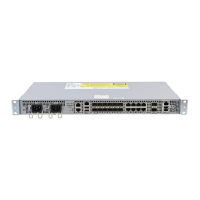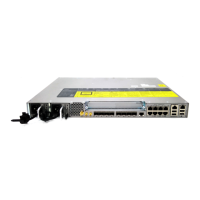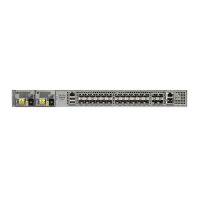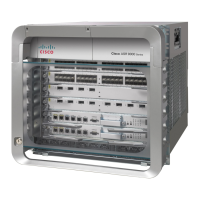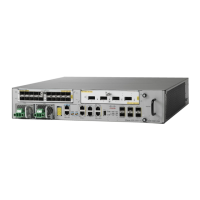SUMMARY STEPS
1.
configure terminal
2.
interface interface-id
3.
service instance [trunk] number ethernet
4.
encapsulation {default | dot1q | priority-tagged | untagged}
5.
rewrite ingress tag pop {1 | 2} symmetric
6.
bridge-domain bridge-id
7.
end
8.
Use one of the following commands
•
show ethernetservice instance
•
show bridge-domain [n | split-horizon]
9.
copy running-config startup-config
DETAILED STEPS
PurposeCommand or Action
Enter global configuration mode.configure terminal
Step 1
Specify the port to attach to the policy map, and enter interface configuration
mode. Valid interfaces are physical ports.
interface interface-id
Step 2
Configure an EFP (service instance) and enter service instance configuration)
mode.
service instance [trunk] number
ethernet
Step 3
•
The number is the EFP identifier, an integer from 1 to 4000.
•
The trunk keyword identifies the trunk ID to which the service instance
is assigned.
Trunk EFP (without port channel) supports encapsulation of up to
1000 VLANS.
Note
Configure encapsulation type for the service instance.
Only dot1q encapsulation is supported on trunk
EFPs.
Note
encapsulation {default | dot1q |
priority-tagged | untagged}
Step 4
• default —Configure to match all unmatched packets.
• dot1q —Configure 802.1Q encapsulation. See Table 1 for details about
options for this keyword.
• priority-tagged —Specify priority-tagged frames, VLAN-ID 0 and CoS
value of 0 to 7.
• untagged —Map to untagged VLANs. Only one EFP per port can have
untagged encapsulation.
Carrier Ethernet Configuration Guide (Cisco ASR 920 Series)
23
Ethernet Virtual Connections Configuration
Creating a Trunk EFP
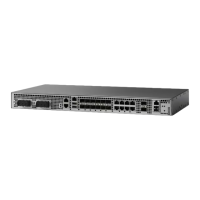
